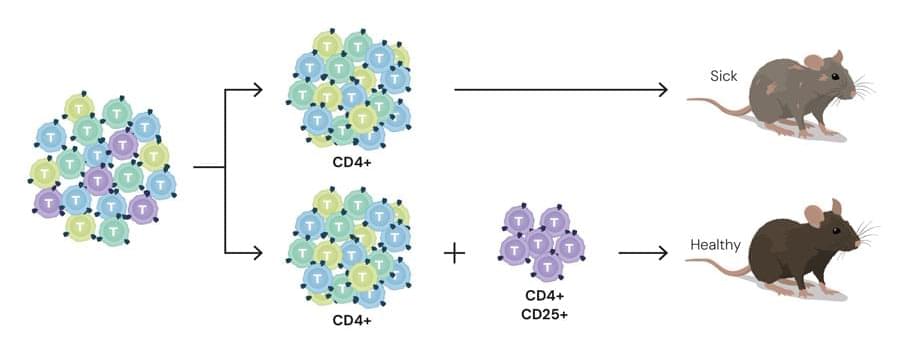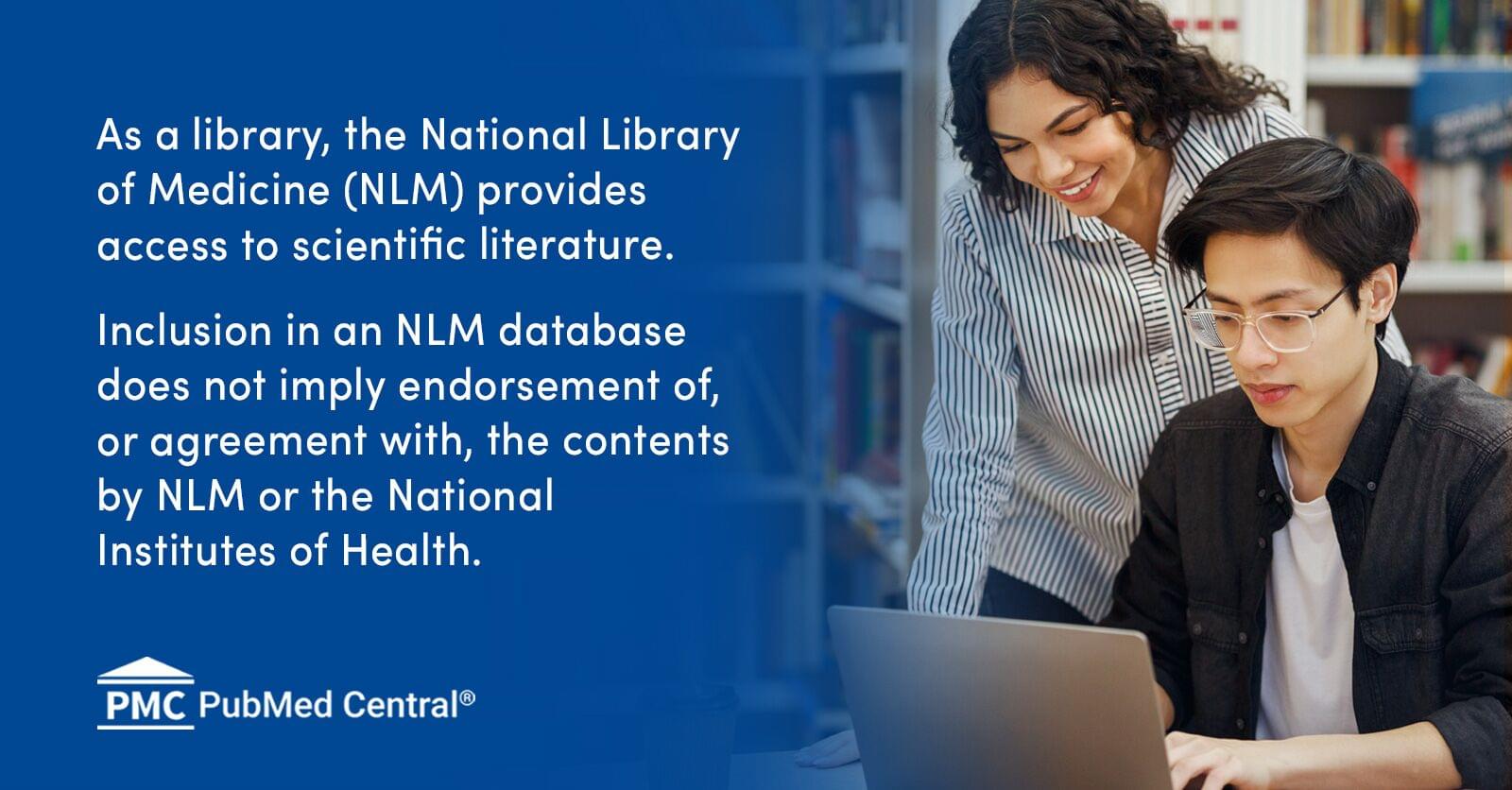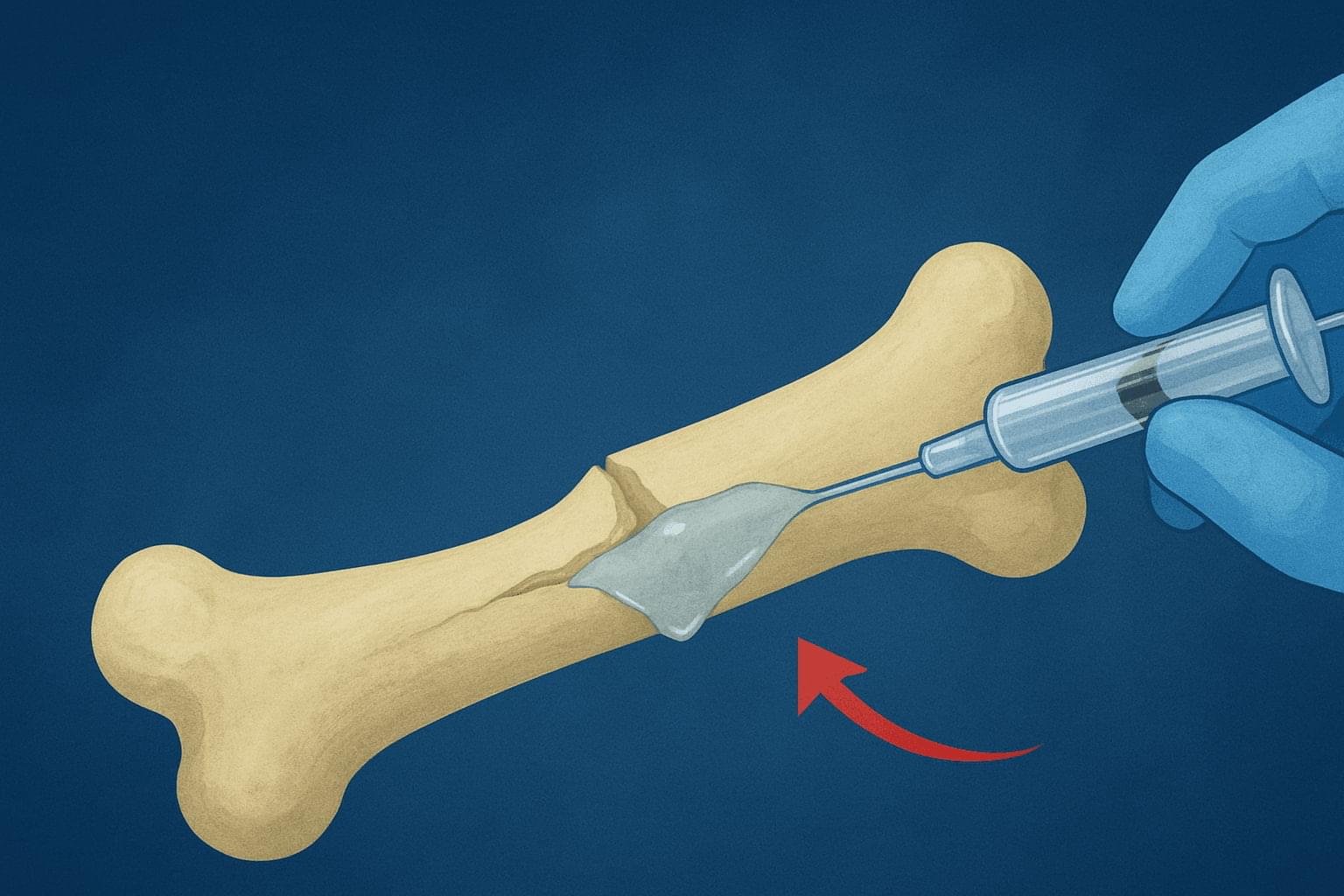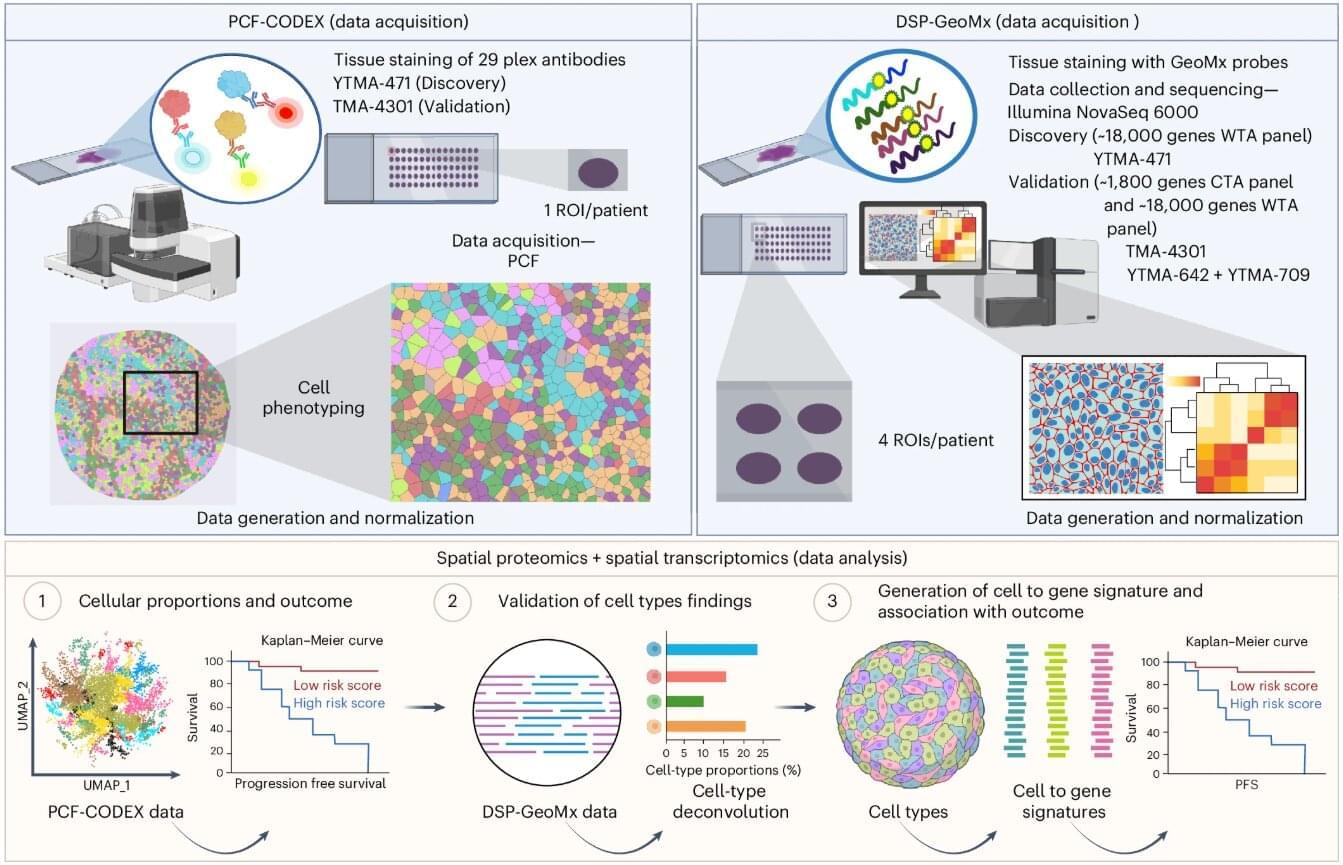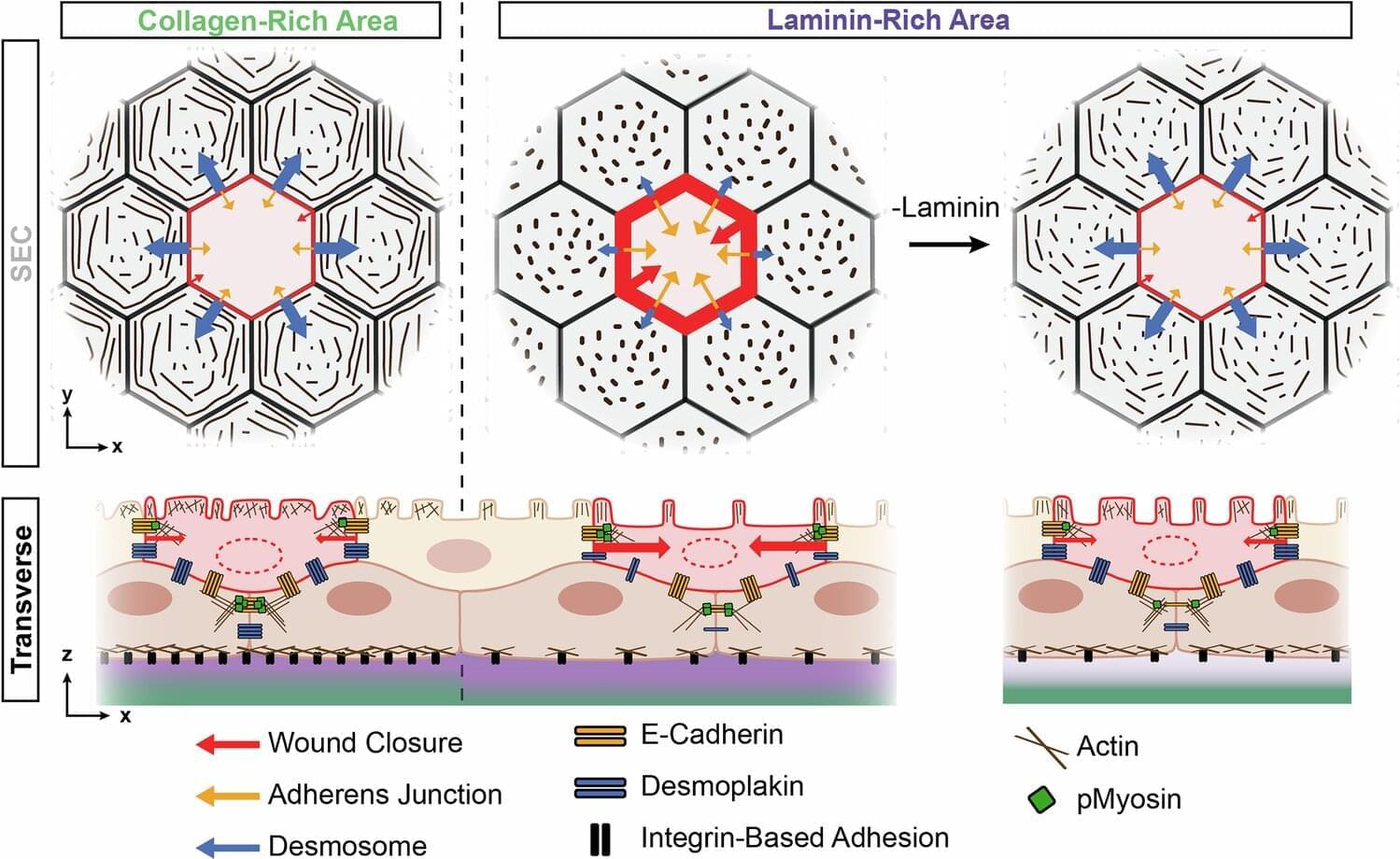How very cool!
Shimon Sakaguchi is honored for his revolutionary discovery of regulatory T cells—revealing how “immune tolerance” impacts autoimmune diseases, cancer and more.
LA JOLLA, CA— Former Scripps Research assistant professor Shimon Sakaguchi has been awarded the 2025 Nobel Prize in Physiology or Medicine for his groundbreaking discovery of peripheral immune tolerance, a mechanism of the immune system that prevents autoimmune diseases and sheds light on how cancer escapes immune detection.
Sakaguchi, who was an assistant professor at Scripps Research from 1989 to the prize with Mary E. Brunkow of the Institute for Systems Biology in Seattle and Fred Ramsdell of Sonoma Biotherapeutics in San Francisco. They are being recognized for their contributions to uncovering several key functions of the immune system, according to the Nobel Prize committee.
